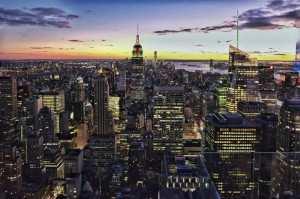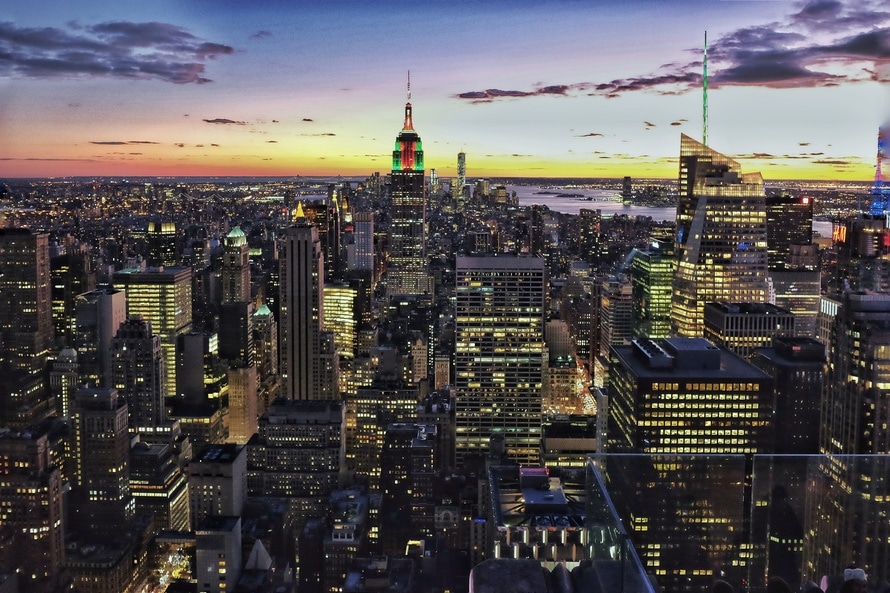 Over the last few months I’ve discussed the increasing popularity of New York City’s outer-boroughs–namely, Queens, Brooklyn, and the Bronx–with regard to residential growth and development. From Crown Heights to Midwood, to Jamaica, Kew Gardens, and Pelham Bay, the city is definitely experiencing a shift in the real estate market. Nevertheless, the city’s smallest and most popular borough, the only which bears its name for postal services, Manhattan, is not a total has been. Though it’s been sharing the attention more now than ever, the borough is still quite popular.
Over the last few months I’ve discussed the increasing popularity of New York City’s outer-boroughs–namely, Queens, Brooklyn, and the Bronx–with regard to residential growth and development. From Crown Heights to Midwood, to Jamaica, Kew Gardens, and Pelham Bay, the city is definitely experiencing a shift in the real estate market. Nevertheless, the city’s smallest and most popular borough, the only which bears its name for postal services, Manhattan, is not a total has been. Though it’s been sharing the attention more now than ever, the borough is still quite popular.
Of the 20 fastest selling neighborhoods in the city (as of 2015), at least half were in Manhattan, with one neighborhood, Upper West Side, appearing twice on the list. Homes in neighborhoods like Flatiron and Murray Hill sell much quicker than those in Dumbo and Williamsburg, despite their popularity. And overall housing in Manhattan maintains a much higher demand than an all other areas in the city.
There are a few reasons for this. While Manhattan itself is much smaller than its cousins to the east, and there are arguably less options (and less square space) on the island compared to the Queens and Brooklyn, the great flight to those areas has resulted in a slight drop in prices. In a typical supply in demand fashion, certain areas in Brooklyn have become more or just as expensive as those in Manhattan, as more people have clamored to transition to the noticeably hipster borough. Thus, the choice for newcomers and natives has been measured down to convenience and access, and overall profitability, in some instances.
Just as Manhattanites have transferred to Brooklyn, longtime residents of the former third largest city in the country have opted for places in Manhattan’s uptown areas like Harlem and Washington Heights, after being priced out of their own. This phenomenon has created a sort of trade, rather than a complete shift to one particular area. And for those moving to the city with larger amounts of discretionary income, the luxurious reputation of Manhattan and its offerings have been more of a draw than its neighbors.
For instance, the neighborhood with the most home sales in the final quarter of 2015 was the notoriously expensive Upper West Side, rather than the more thrifty Inwood, at the uppermost end of the borough. Such suggests that Manhattan maintains its status with clientele of a different lifestyle, those who can and will pay to live in the city the towering city that never sleeps. In fact all 25 of the cities most expensive properties, ranging from $180 million to $55 million dollars, are in Manhattan.
Thus, while Brooklyn and Queens are enjoying an influx of newcomers and new properties, Manhattan remains the core of the big apple, and likely won’t be displaced anytime soon. Trends and expensive may cause shifts to different parts of the 304 square miles of land, but the city itself remains the most vibrant real estate sector in the country, resilient even during the recession. Make no mistake that Manhattan is getting a piece of the pie.
